Controversial ballet ‘Nureyev’ at the Bolshoi: 5 reasons to book your tickets now
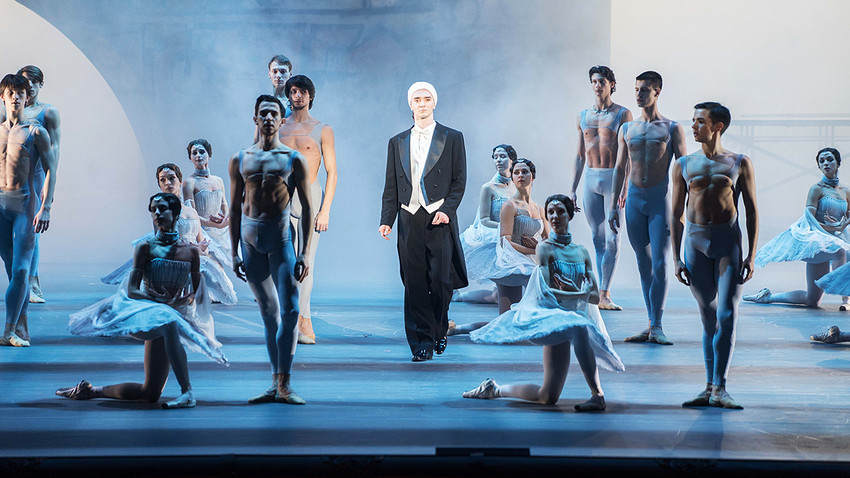
Nureyev ballet premieres in Moscow.
Pavel Rychkov / Bolshoi TheaterA hugely anticipated ballet premiere, which was at the center of a big scandal in the summer and was under threat of being canceled, has finally taken place. The Bolshoi strictly controlled the sale of tickets to the two premiere performances of "Nureyev" with no more than two tickets allowed per customer, and buyers had to show their passports. On both evenings the hall was so packed with Russian celebrities that they could be seen even in the boxes in the third tier. The next performances are scheduled for June 2018, but you'd better book your tickets now. Here's why.
1. The return of 'grand ballet'
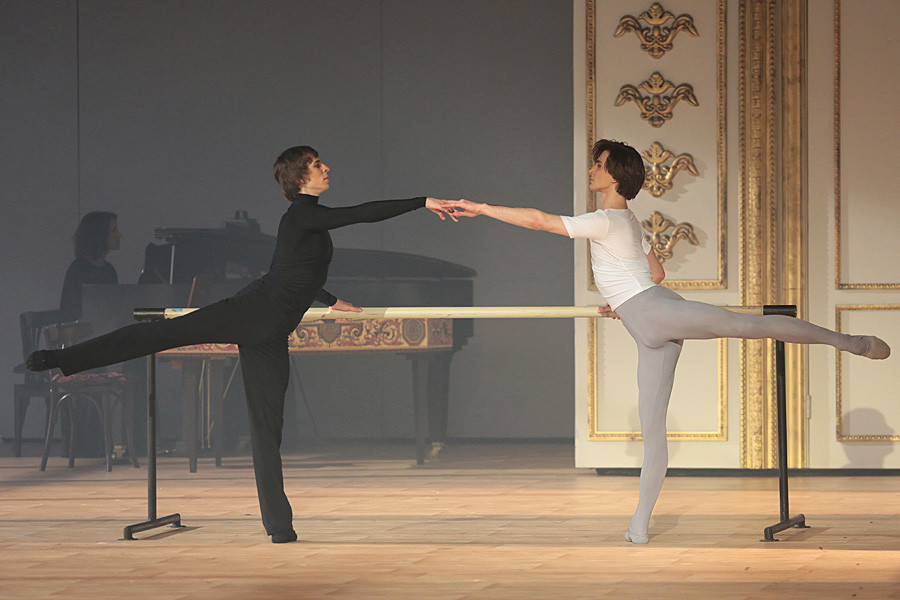
2. Nureyev's 'debut' on the stage of the Bolshoi Theater
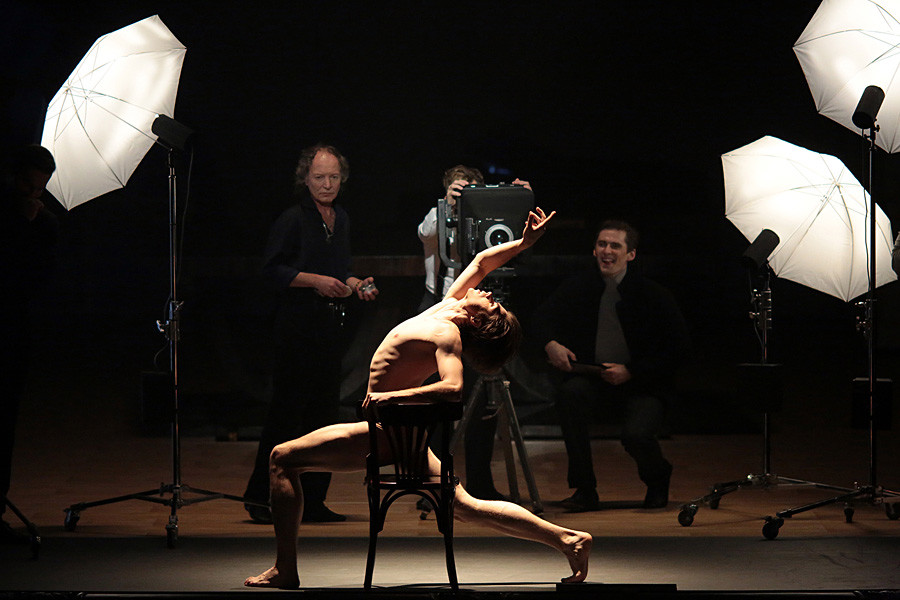
Professionally, Nureyev belonged to St. Petersburg: it was there he graduated from the Vaganova Academy of Russian Ballet and danced at the Kirov (now Mariinsky) Theater. And the Bolshoi is arguably the only one among the world’s most renowned theaters on whose stage he never danced. The ballet "Nureyev" symbolically fills this gap in his biography.
3. Renowned theater and film director Serebrennikov comes to ballet
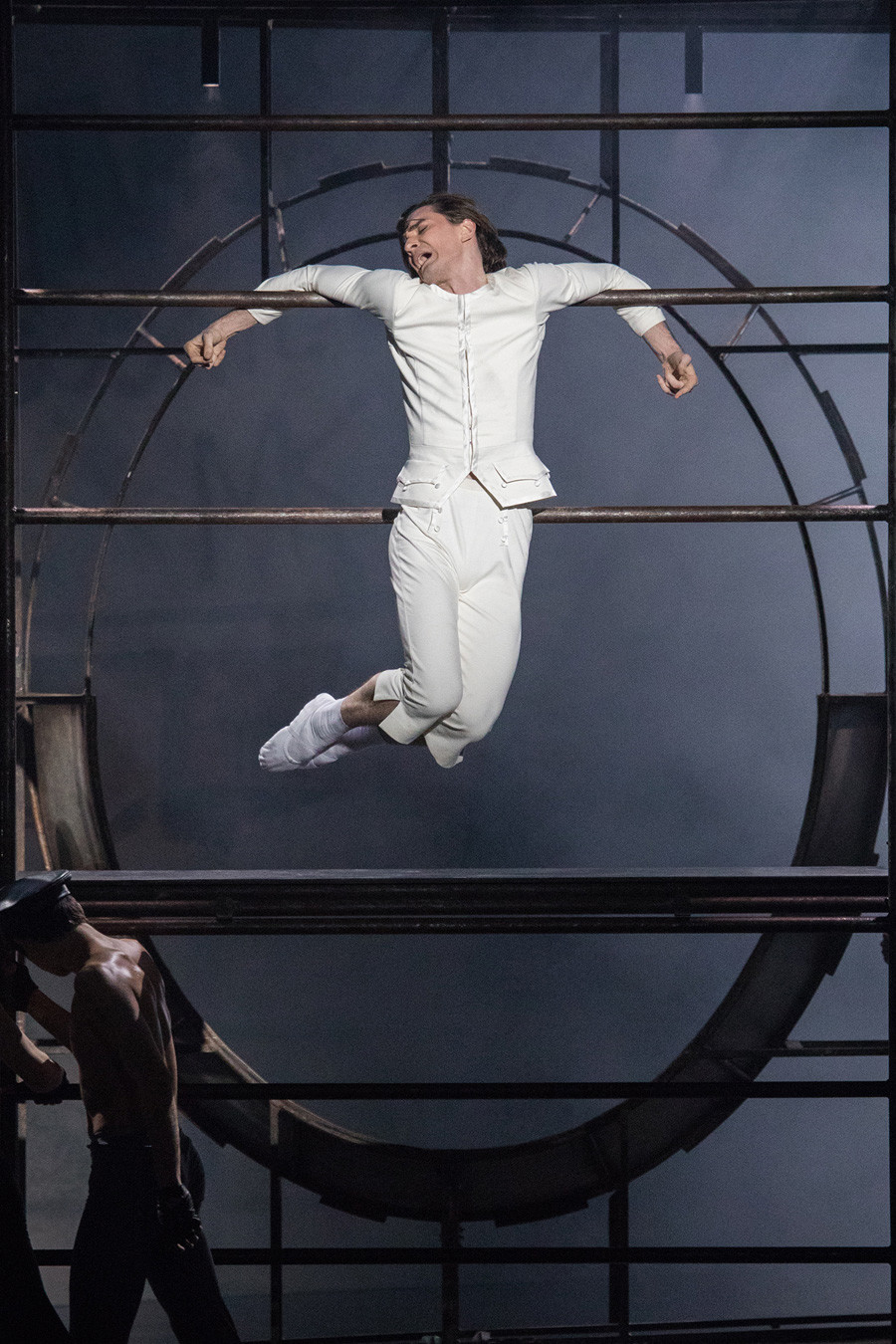
The tandem of Possokhov and director Kirill Serebrennikov emerged several years ago during the production of another premiere at the Bolshoi, "A Hero of Our Time". One of the most sought-after Russian directors, Serebrennikov has had a wealth of experience in musical theatre - he has staged Honegger's "Joan of Arc at the Stake" for Vladimir Spivakov's festival and "Hansel and Gretel"at the Stuttgart Opera, among other productions.
4. A unique ballet with singing and recital
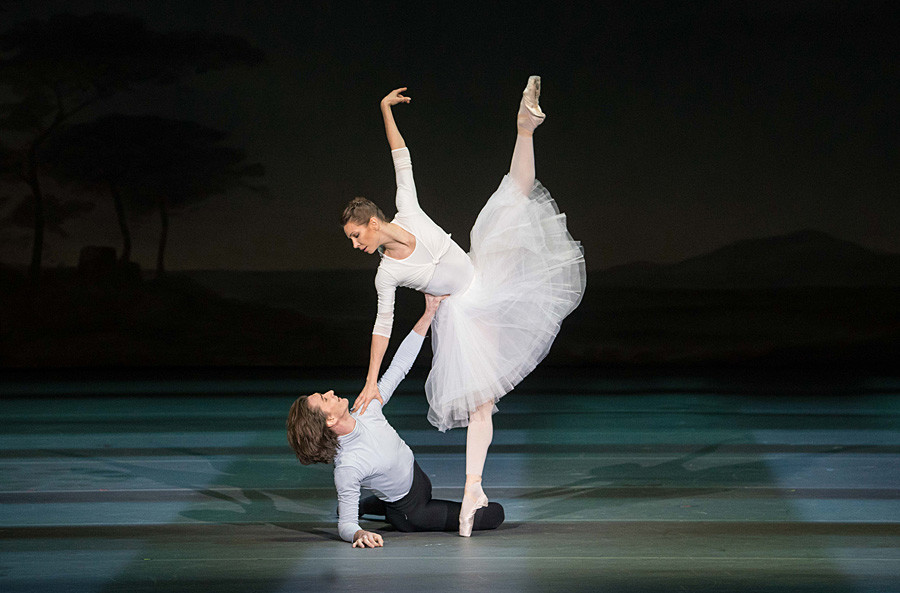
Serebrennikov and Possokhov have developed a completely new form of performance. The ballet, devoted to a character whom many in the "Nureyev"audience knew personally or saw on stage, is made like a documentary - in the form of an auction which was really held a few months after the dancer's death. In "Nureyev", dancing is accompanied not just by music but also by text; and the choreography often merges with the singing of the choir, and the voices of the auctioneer and of the authors of letters to Nureyev with movement. Several hundred performers are engaged in the production and their curtain call after the performance takes about four minutes.
5. Several shows in one
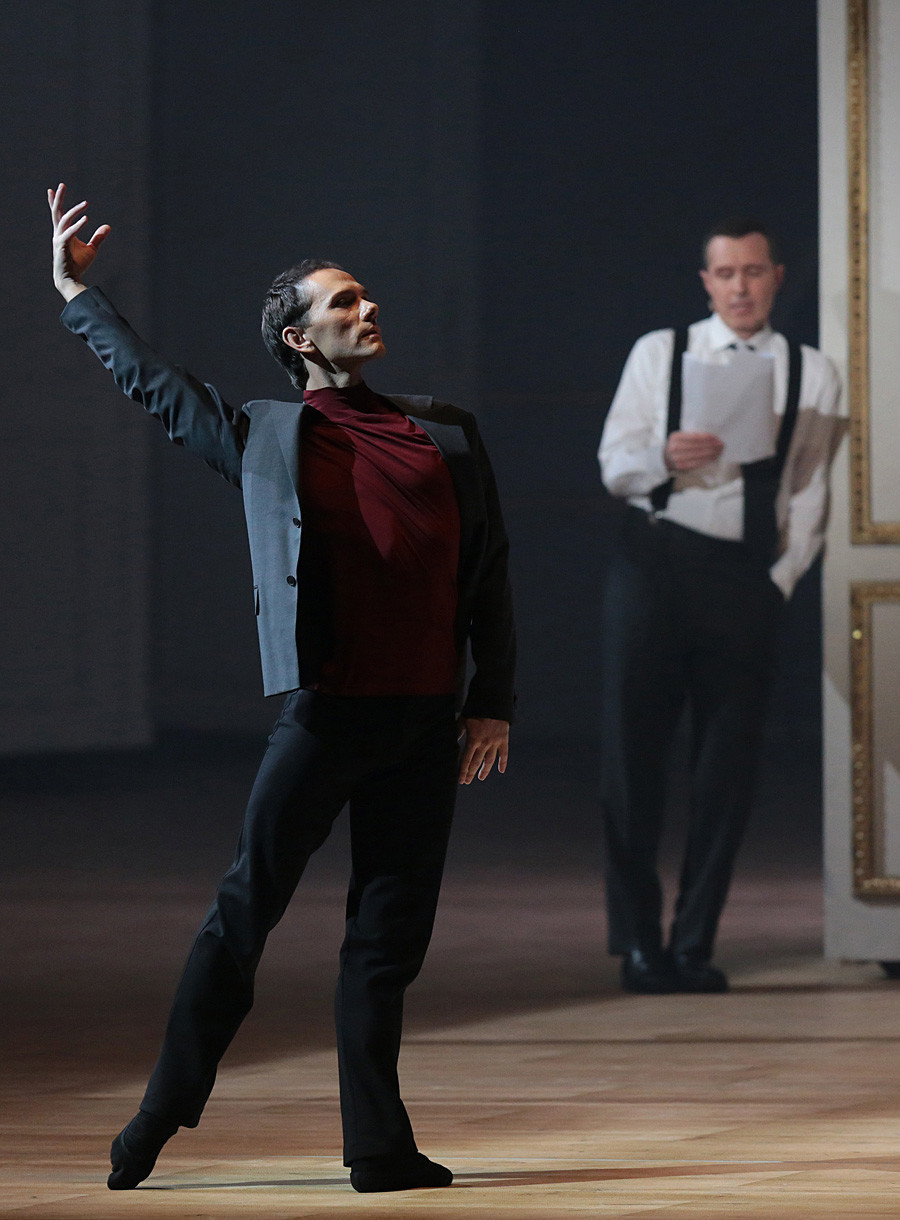
The ballet
These two solo pieces, female and male, are essentially two independent one-act ballets. Although forming part of the production, they can also be put on in their own right. Both belong to the best choreography of Yuri Possokhov, as do the Grand Gala scenes in which Nureyev changes roles, theaters
If using any of Russia Beyond's content, partly or in full, always provide an active hyperlink to the original material.
Subscribe
to our newsletter!
Get the week's best stories straight to your inbox